Home>diy>Architecture & Design>Which Architectural Style Is Exemplified By The Cathedral Of Notre-Dame In Paris?
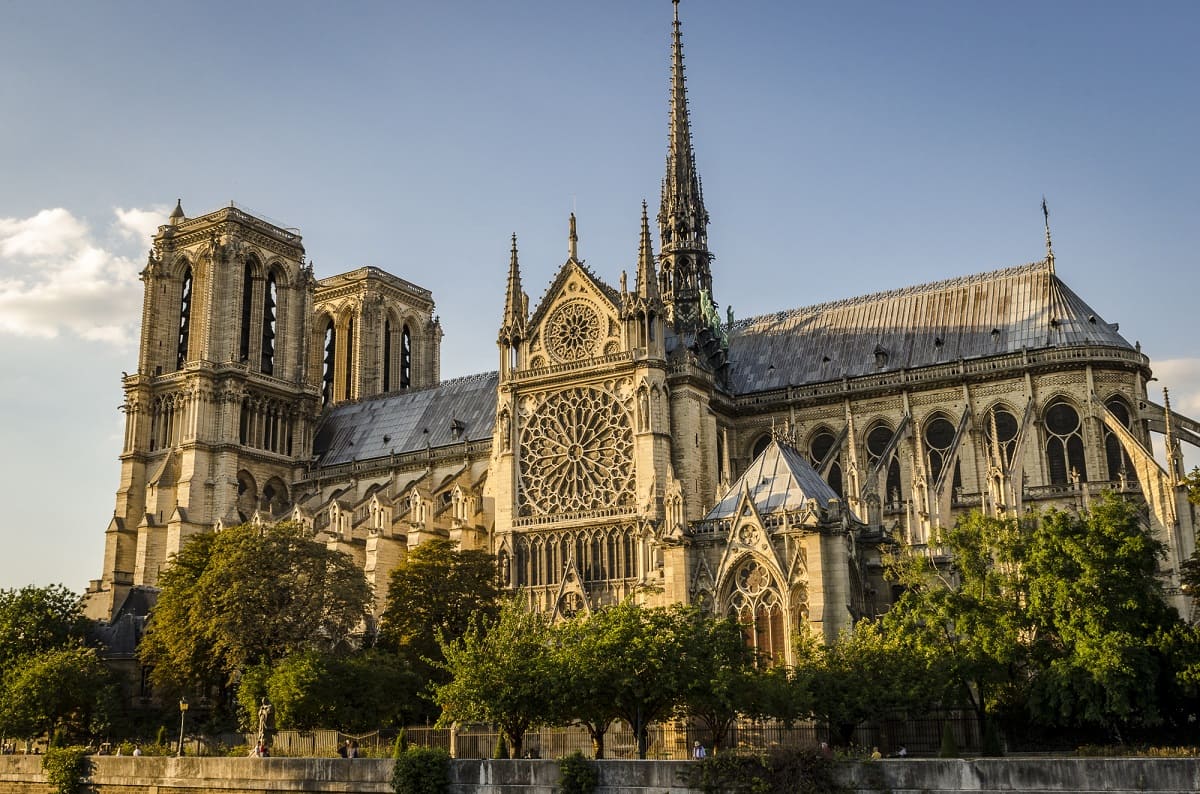

Architecture & Design
Which Architectural Style Is Exemplified By The Cathedral Of Notre-Dame In Paris?
Modified: December 7, 2023
Discover the architectural style of the iconic Cathedral of Notre-Dame in Paris, showcasing the epitome of architecture design.
(Many of the links in this article redirect to a specific reviewed product. Your purchase of these products through affiliate links helps to generate commission for Storables.com, at no extra cost. Learn more)
Introduction
The Cathedral of Notre-Dame in Paris is an iconic symbol of architectural magnificence and historical significance. This majestic structure, located on the Île de la Cité in the heart of Paris, attracts millions of visitors from around the world each year. Its architectural style is a testament to the ingenuity and creativity of the craftsmen and architects who designed and built it.
Stepping into the courtyard of Notre-Dame, one is instantly captivated by its grandeur. The sheer size and intricate details of the cathedral are awe-inspiring. But what architectural style is exemplified by the Cathedral of Notre-Dame?
To answer this question, we must first delve into the historical background of the cathedral and understand the influences and trends that shaped its design. By examining its architectural features, we can uncover the key elements that define its style and identify the larger architectural movement to which it belongs. Through this exploration, we can gain a deeper appreciation for the cathedral’s place in architectural history.
Join me on a journey through time as we unravel the architectural marvel that is the Cathedral of Notre-Dame in Paris.
Key Takeaways:
- The Cathedral of Notre-Dame in Paris exemplifies the grandeur and innovation of Gothic architecture, with its soaring spires, intricate stained glass, and structural advancements, leaving an indelible mark on architectural history.
- Notre-Dame stands as a living testament to resilience and restoration, inspiring renewed efforts to preserve its architectural legacy and serving as a symbol of cultural heritage and architectural brilliance.
Historical Background of the Cathedral of Notre-Dame
The construction of the Cathedral of Notre-Dame began in 1163 during the reign of Louis VII, with the intent to build a grand and impressive place of worship in the heart of the city. It was not until 1345, more than two centuries later, that the cathedral was finally completed.
During the Middle Ages, the cathedral served as the center of religious life and played a significant role in the cultural and political history of France. It witnessed the coronation of Henry VI of England, the marriage of King Louis XII, and the beatification of Joan of Arc, among other historic events.
Over the centuries, the cathedral underwent several modifications and restorations, adding to its architectural significance. However, it wasn’t until the 19th century that the Cathedral of Notre-Dame experienced a momentous transformation.
In the early 1800s, the cathedral had fallen into disrepair and faced the threat of demolition. Victor Hugo’s influential novel, “The Hunchback of Notre-Dame,” published in 1831, sparked widespread interest and brought attention to the deteriorating condition of the cathedral. This led to a revival of public interest in Gothic architecture and inspired a wave of restoration efforts.
Architect Eugène Viollet-le-Duc was entrusted with the task of renovating and restoring the cathedral. His work aimed to bring the building back to its former glory while incorporating modern construction techniques and materials.
The restoration work lasted for over two decades, from 1844 to 1864. During this time, many of the cathedral’s original features were replicated, and new elements were added. The spire, with its intricate details and soaring height, was designed by Viollet-le-Duc and became one of the defining features of Notre-Dame.
Today, the Cathedral of Notre-Dame stands as a testament to the resilience and enduring beauty of Gothic architecture. It serves as a reminder of the rich history of Paris and the cultural heritage it represents.
Architectural Features of the Cathedral
The Cathedral of Notre-Dame in Paris showcases a stunning array of architectural features that contribute to its grandeur and allure. From its intricate façade to its soaring interior, each element is meticulously crafted and designed to create a harmonious and awe-inspiring space.
The most striking feature of the cathedral is its imposing western facade. Dominated by three intricately designed portals, each representing a different aspect of religious history and iconography, it serves as the main entrance to the cathedral. The portals are adorned with statues, reliefs, and decorative elements, depicting scenes from the Bible and the lives of saints.
Above the portals, an impressive rose window captivates the eye with its stunning stained glass design. These windows, found throughout the cathedral, are a hallmark of Gothic architecture and are known for their intricate geometrical patterns and vibrant colors that create a mesmerizing play of light inside the cathedral.
As we enter the cathedral, the expansive nave stretches out before us. The soaring height of the vaulted ceiling, supported by imposing Gothic arches, creates a sense of awe and verticality. The ribbed vaults that adorn the ceiling are not only visually striking but also serve a structural purpose, distributing the weight of the stone and allowing for larger windows and more natural light.
The choir, located at the eastern end of the cathedral, is another noteworthy feature. Enclosed by a beautifully carved choir screen, it houses the high altar and is reserved for the clergy. The elaborate stalls and decorative elements throughout the choir represent the meticulous attention to detail employed by the craftsmen who built the cathedral.
One cannot overlook the stunning spire and bell towers that soar above the cathedral. The spire, which was added during the restoration in the 19th century, is a testament to the vision and skill of Eugène Viollet-le-Duc. It reaches a height of 96 meters and adds a vertical element to the already impressive silhouette of the cathedral.
Lastly, the magnificent flying buttresses that support the exterior walls of the cathedral are a defining feature of Gothic architecture. These arched structures not only add visual appeal but also provide structural support, allowing for the construction of large windows and taller walls.
The architectural features of the Cathedral of Notre-Dame come together harmoniously to create a space that is both awe-inspiring and functional. It is a testament to the skilled craftsmanship and visionary design that has made it an enduring symbol of architectural brilliance.
The architectural style exemplified by the Cathedral of Notre-Dame in Paris is French Gothic. Characterized by pointed arches, ribbed vaults, and flying buttresses, this style was popular in Europe from the 12th to the 16th century.
Gothic Architecture and Its Characteristics
Gothic architecture is a distinct architectural style that emerged in Europe during the medieval period, specifically in the 12th century. It is characterized by its grandeur, height, and intricate details, which set it apart from the earlier Romanesque style.
One of the defining characteristics of Gothic architecture is its emphasis on verticality. Gothic buildings, including cathedrals like Notre-Dame, feature tall, soaring structures that seem to reach towards the heavens. This verticality is achieved through the use of pointed arches, ribbed vaults, and flying buttresses.
The pointed arch, a hallmark of Gothic architecture, provides structural stability and allows for the construction of taller and more spacious interiors. Unlike the rounded arches of Romanesque architecture, which exert outward and downward pressure, the pointed arch directs weight and forces downward, enabling builders to create towering structures.
Ribbed vaults are another distinguishing feature of Gothic architecture. These vaults are composed of intersecting arches and ribs, which form a network of support and distribute the weight of the ceiling. The ribbed vaults lend a sense of grace and elegance to the interiors of Gothic cathedrals, as well as allowing for larger windows that flood the space with natural light.
Flying buttresses are external arched supports that transfer the outward thrust of the stone vaults to the exterior walls. These elegant and functional structures not only alleviate the load on the walls but also create opportunities for larger windows and intricate glasswork. Flying buttresses are not present in all Gothic buildings, but they are often associated with the grand cathedrals of the period.
Another characteristic of Gothic architecture is the extensive use of stained glass. Gothic cathedrals are known for their vast and intricate stained glass windows, which depict religious scenes and narratives. The colorful glass allows natural light to filter into the interiors, creating an ethereal and transcendent atmosphere.
In terms of ornamentation, Gothic architecture is characterized by its intricate carvings and sculptures. Cathedrals like Notre-Dame feature elaborate stone tracery, gargoyles, and detailed statues that adorn the facades and interiors. These decorative elements not only add beauty but also have symbolic significance, representing religious figures, biblical scenes, and moral lessons.
The use of Gothic architecture spread throughout Europe during the medieval period, with each region adding its own regional variations and styles. From the pointed arches of France to the stunning fan vaults of England, Gothic architecture became an enduring legacy that shaped the skylines of many cities.
The Cathedral of Notre-Dame, with its towering spires, ribbed vaults, and intricate stained glass, exemplifies the grandeur and beauty of Gothic architecture. It stands as a testament to the ingenuity and artistic skill of its builders, and continues to inspire awe and admiration for centuries to come.
Analysis of the Cathedral of Notre-Dame in Paris
The Cathedral of Notre-Dame in Paris, with its rich history and stunning architectural features, invites us to delve deeper into its significance and appreciate its place in architectural history.
From an architectural standpoint, Notre-Dame is a masterpiece of Gothic design. Its grand scale, soaring spires, and intricate detailing showcase the skill and craftsmanship of the builders. The cathedral embodies the structural innovations of the Gothic period, with its pointed arches, ribbed vaults, and flying buttresses. These elements not only create a visually stunning exterior but also allow for a spacious interior flooded with natural light.
One cannot help but be captivated by the facade of Notre-Dame. The meticulously crafted portals, adorned with statues and reliefs, tell stories of religious history and serve as an invitation into the sacred realm of the cathedral. The impressive rose windows, with their vibrant stained glass, provide a breathtaking display of light and color. The spire, though a 19th-century addition, adds a sense of majesty and verticality to the silhouette of Notre-Dame.
Notre-Dame is a testament to the evolving nature of architecture. It stands as a bridge between the Romanesque and Gothic styles, incorporating elements of both while pushing the boundaries of what was previously thought possible. The cathedral reflects the spirit of innovation and creative exploration that defined the Gothic era.
Beyond its architectural significance, Notre-Dame holds a special place in the hearts of the French people and visitors from around the world. It is a symbol of national pride, a testament to the rich cultural heritage of France. The cathedral has witnessed significant historical events, royal ceremonies, and moments of spiritual importance. It has stood resilient through wars and revolutions, serving as a steadfast monument to faith, art, and human ingenuity.
The devastating fire that engulfed Notre-Dame in 2019 highlighted its global importance and garnered immense support for its restoration. The international outpouring of love and financial contributions underscores the cathedral’s enduring impact as a cultural and architectural icon.
As we analyze the Cathedral of Notre-Dame, we are reminded of its everlasting legacy. It is more than a building; it is a testament to the human spirit, the pursuit of beauty, and the power of architecture to inspire awe and reverence. Notre-Dame continues to captivate the imaginations of millions, reminding us of the enduring power of great architecture to transcend time and leave an indelible mark on the world.
Conclusion
The Cathedral of Notre-Dame in Paris is a testament to the ingenuity, creativity, and artistry of the architects and craftsmen of the past. Its architectural style, exemplified by elements of Gothic design, showcases the innovation and structural advancements of the medieval era.
From its imposing facade adorned with intricately designed portals and rose windows to its soaring interior with ribbed vaults and radiant stained glass, Notre-Dame embodies the grandeur and beauty of Gothic architecture. The cathedral stands as a lasting symbol of faith, cultural heritage, and architectural brilliance.
But Notre-Dame is not merely a monument frozen in time; it is a living testament to resilience and restoration. Throughout its history, the cathedral has undergone modifications, restorations, and even a devastating fire. However, each challenge has only served to strengthen its significance and inspire renewed efforts to preserve and protect its architectural legacy.
The Cathedral of Notre-Dame in Paris continues to inspire awe and captivate the imaginations of millions of visitors from around the world. It represents a fusion of art, spirituality, and cultural heritage that transcends boundaries and generations.
As we contemplate the beauty and significance of Notre-Dame, we are reminded of the profound impact that architecture can have on society. Buildings like Notre-Dame become more than physical structures; they hold immense cultural, historical, and emotional value for communities and individuals.
Through its architectural splendor and historical significance, the Cathedral of Notre-Dame in Paris invites us to appreciate the craftsmanship and innovation of the past while inspiring us to carry on the tradition of pushing the boundaries of architectural design.
As we look to the future, let the Cathedral of Notre-Dame serve as a reminder to honor and preserve our architectural heritage, fostering a deep appreciation for the artistry and innovation that shapes our built environment. Just as Notre-Dame has withstood the test of time, may our architectural endeavors continue to inspire and leave a lasting legacy for generations to come.
Frequently Asked Questions about Which Architectural Style Is Exemplified By The Cathedral Of Notre-Dame In Paris?
Was this page helpful?
At Storables.com, we guarantee accurate and reliable information. Our content, validated by Expert Board Contributors, is crafted following stringent Editorial Policies. We're committed to providing you with well-researched, expert-backed insights for all your informational needs.
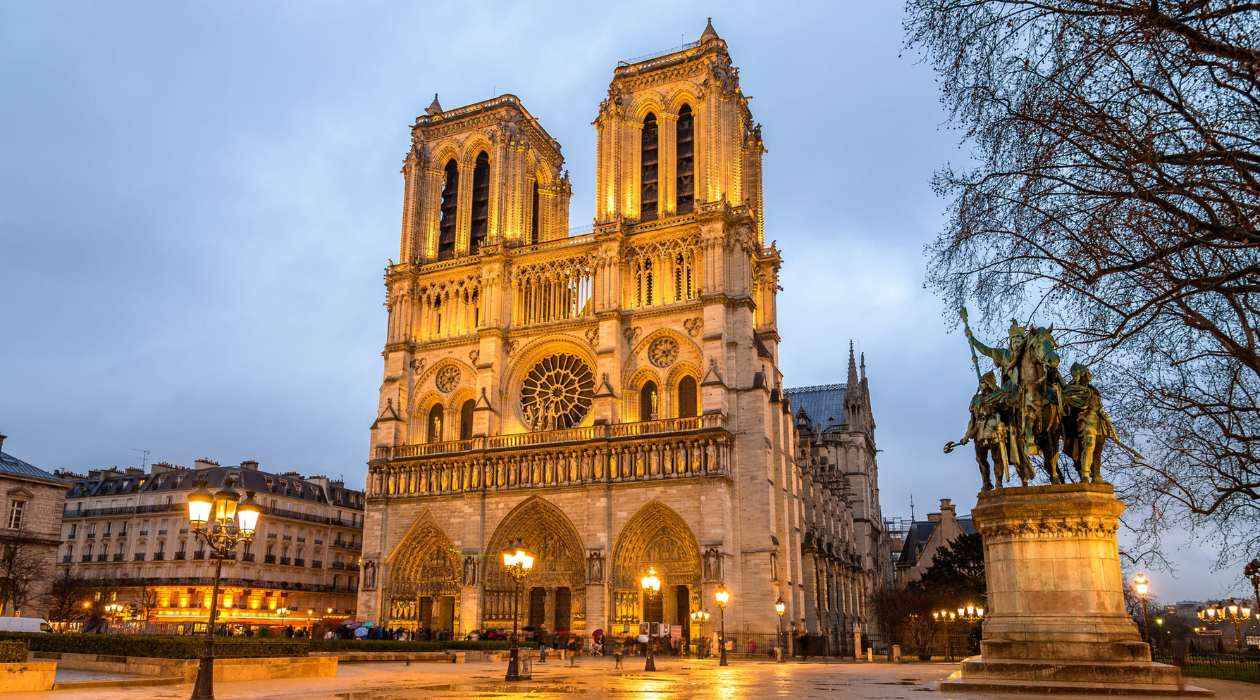
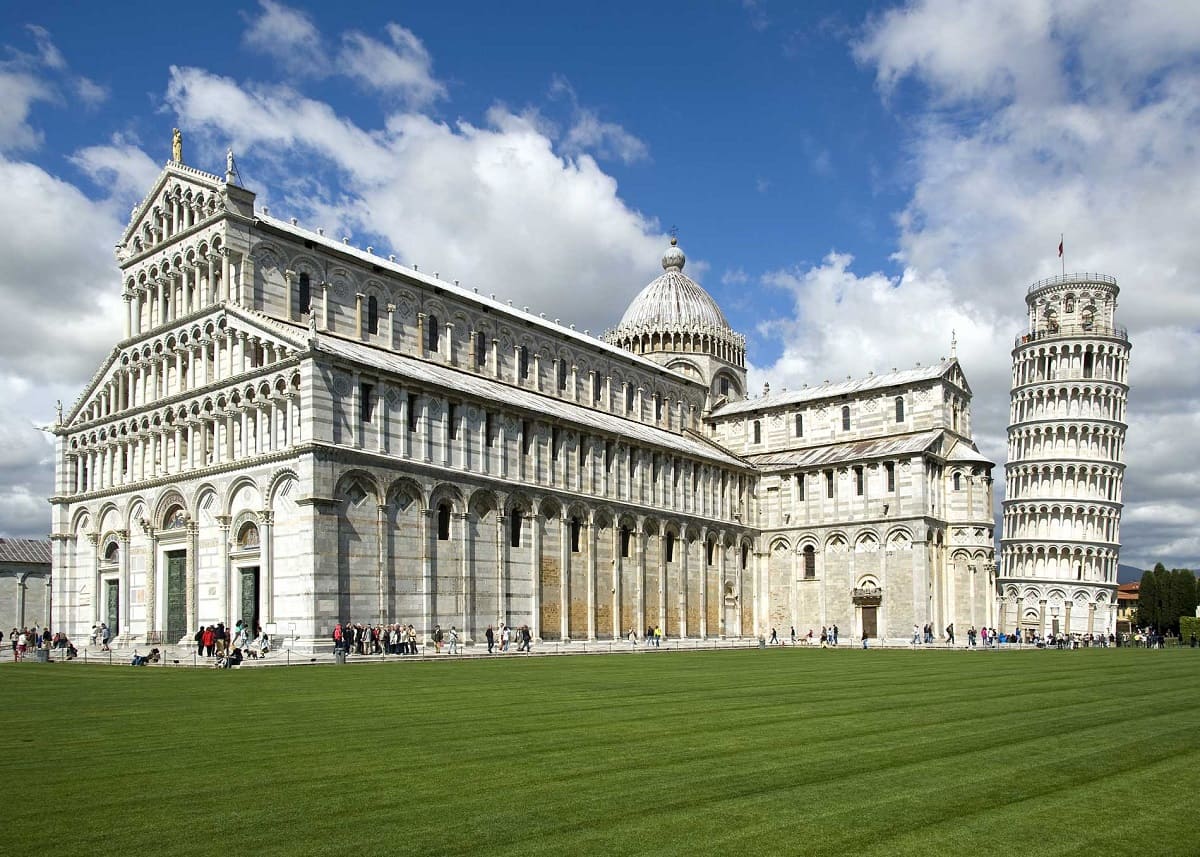
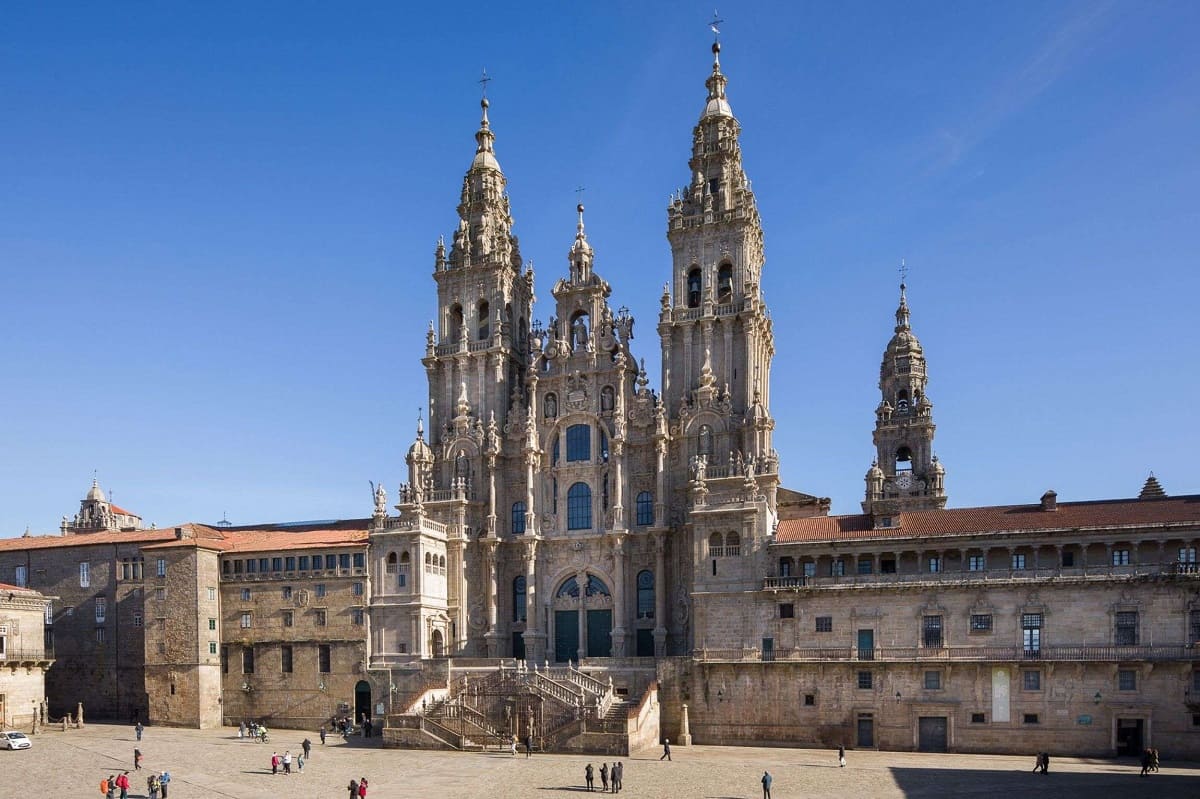
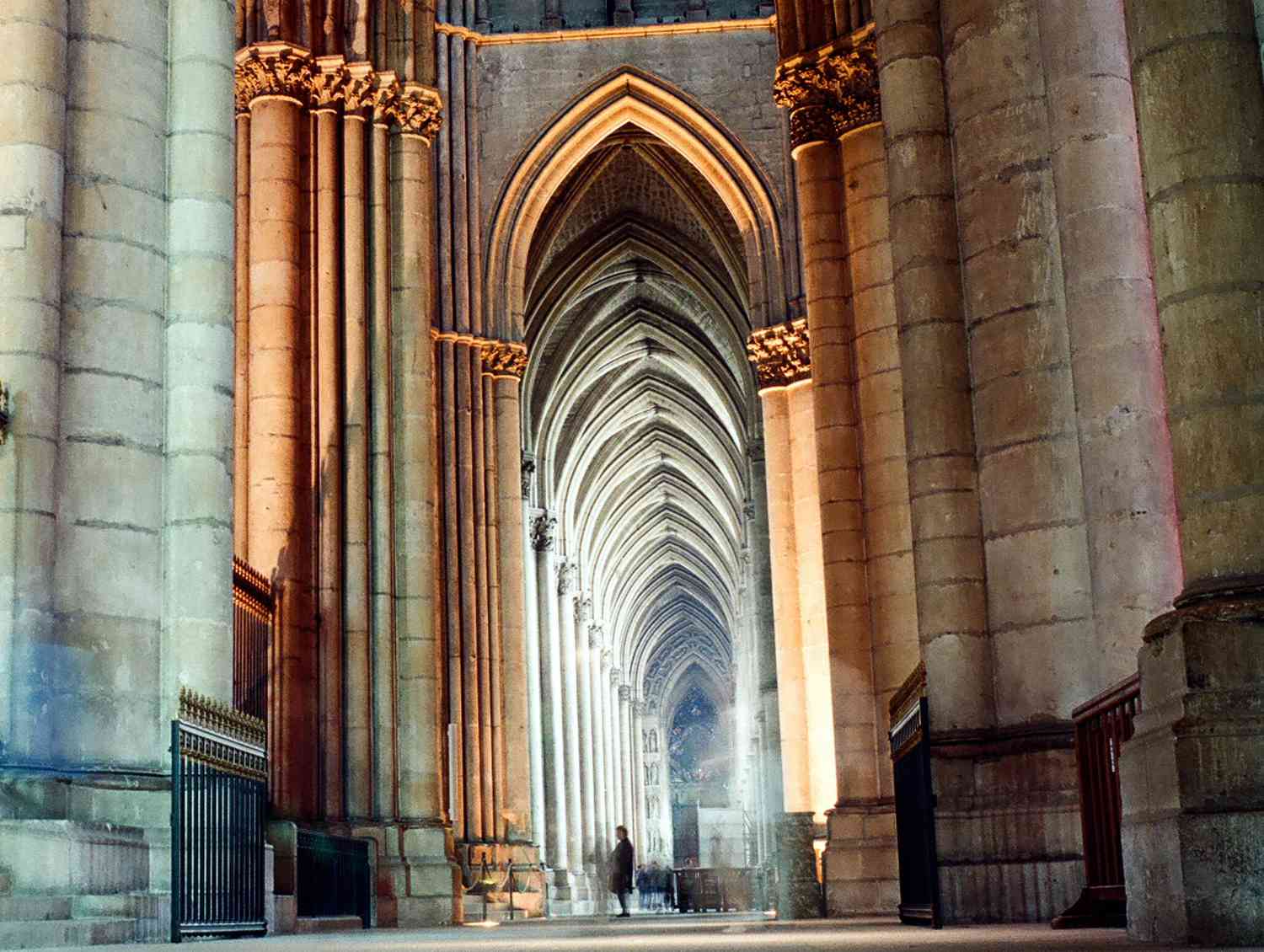
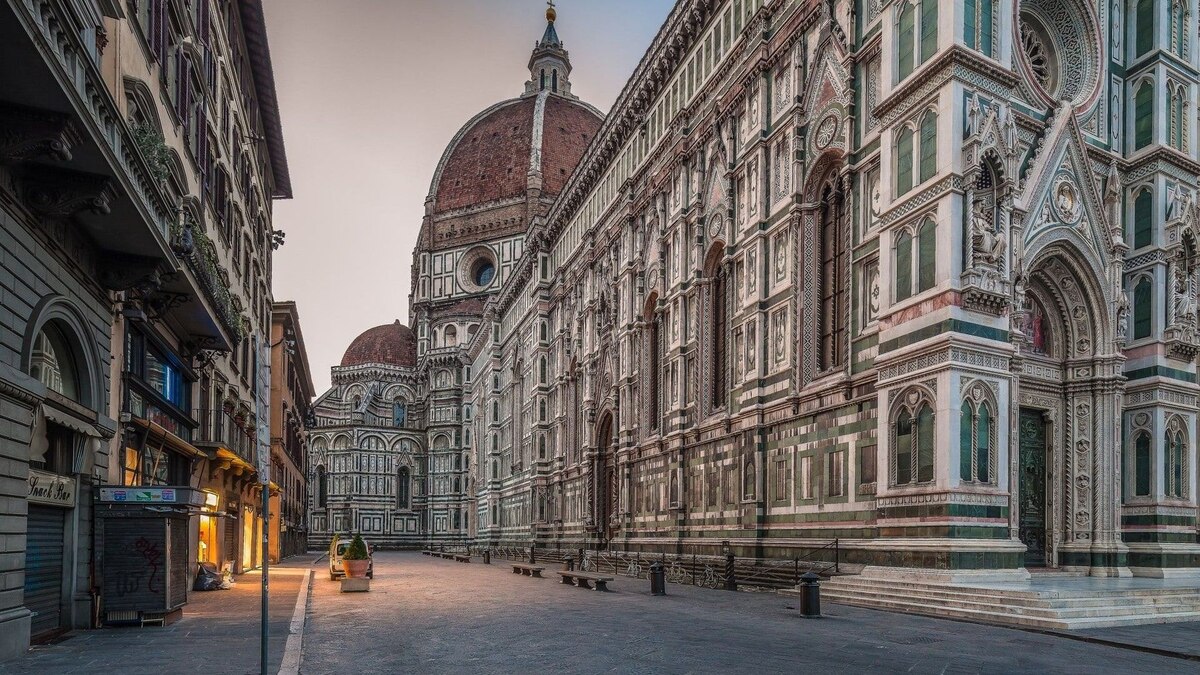
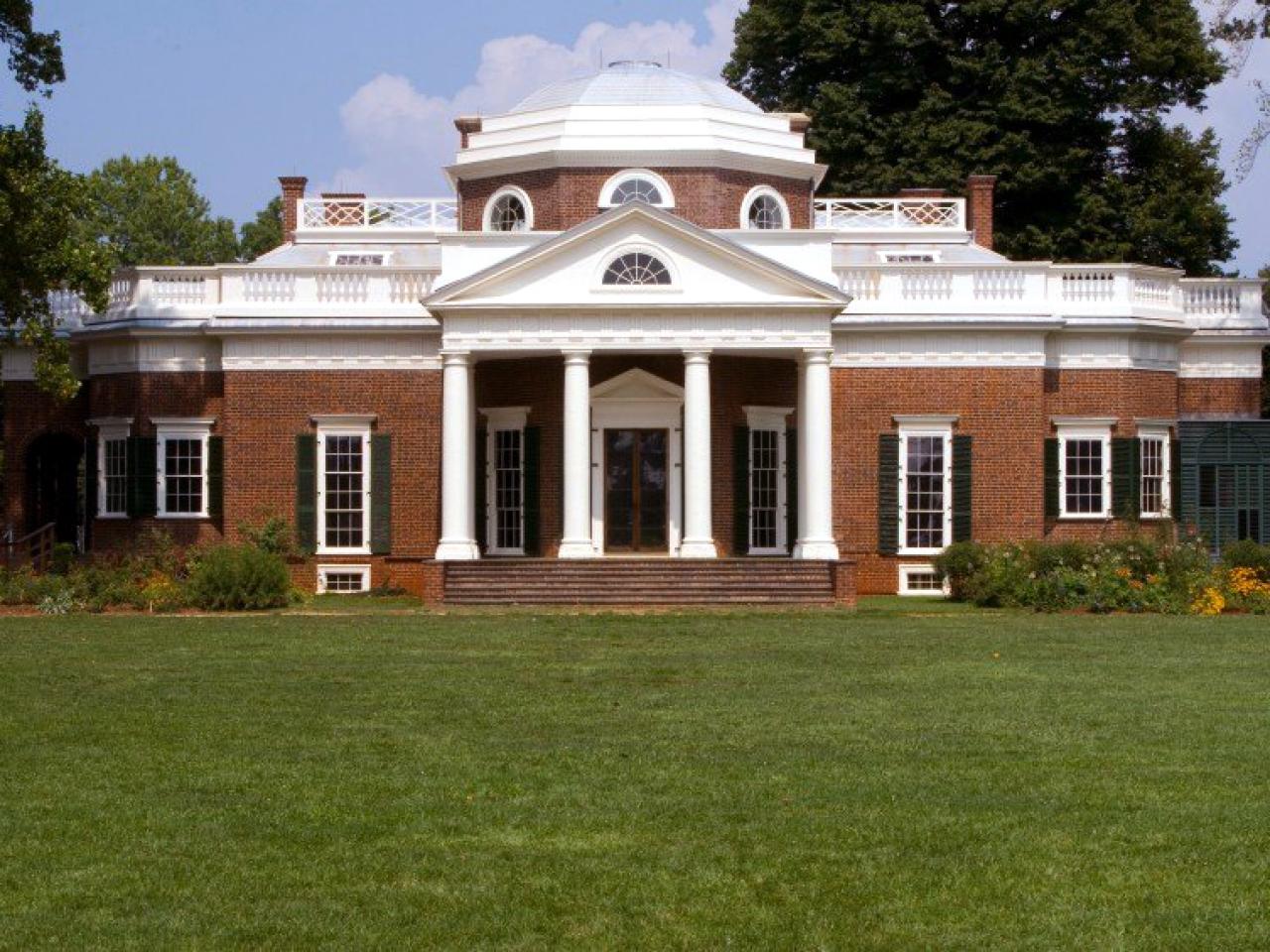
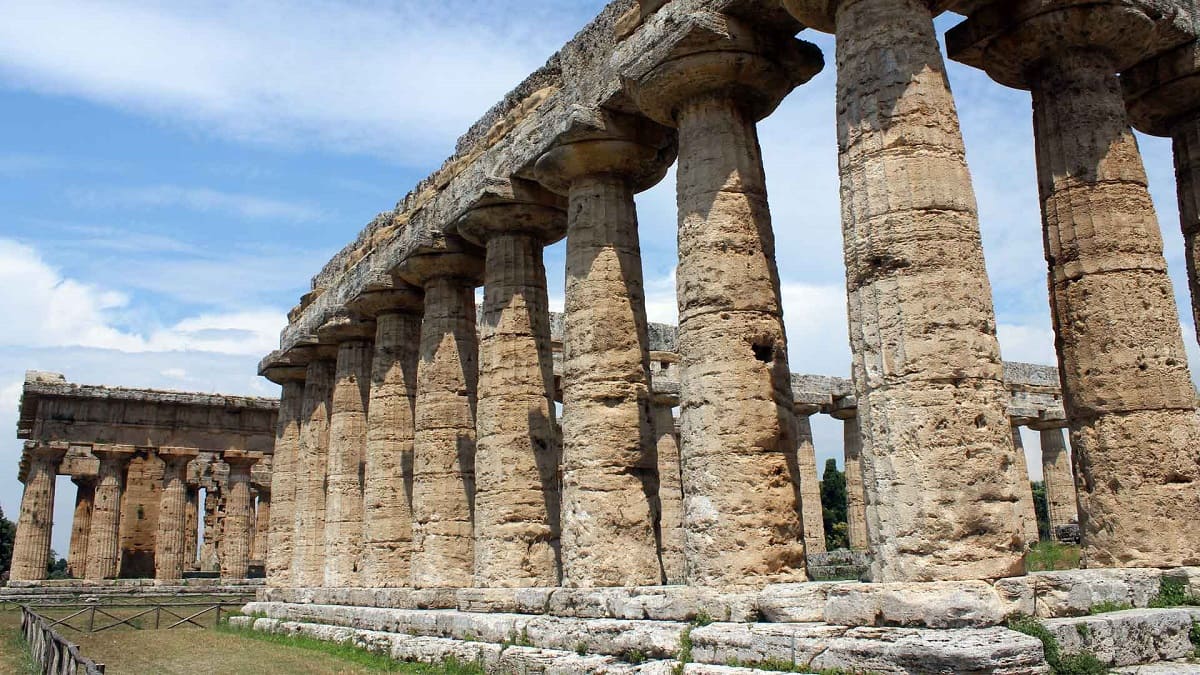




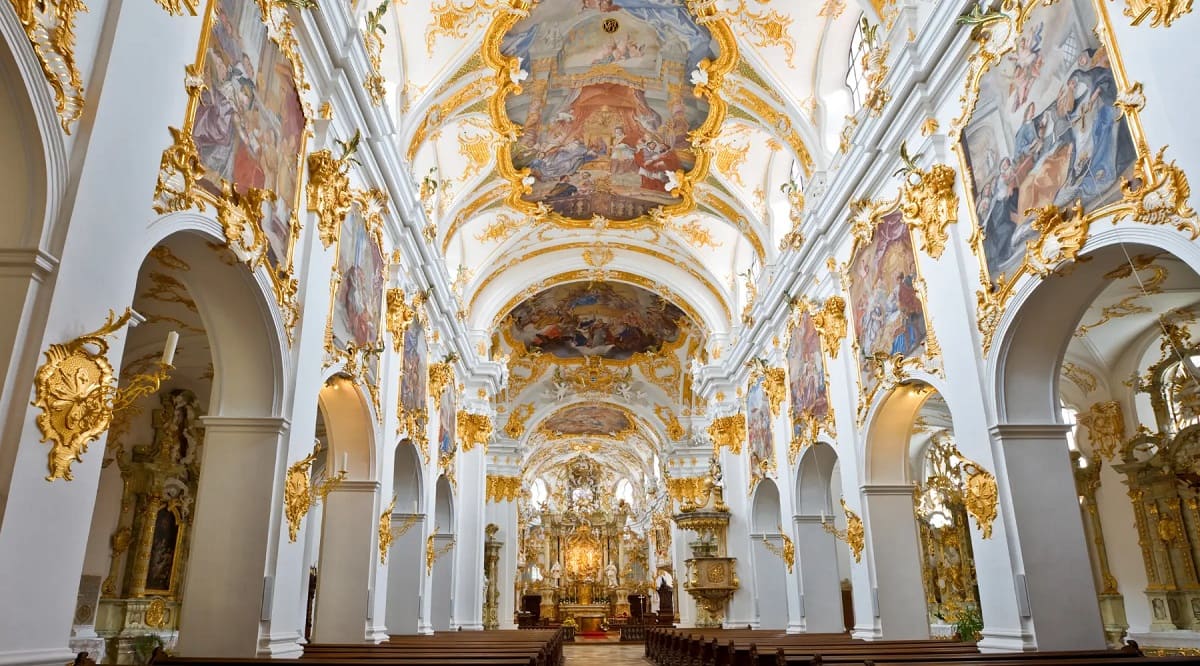

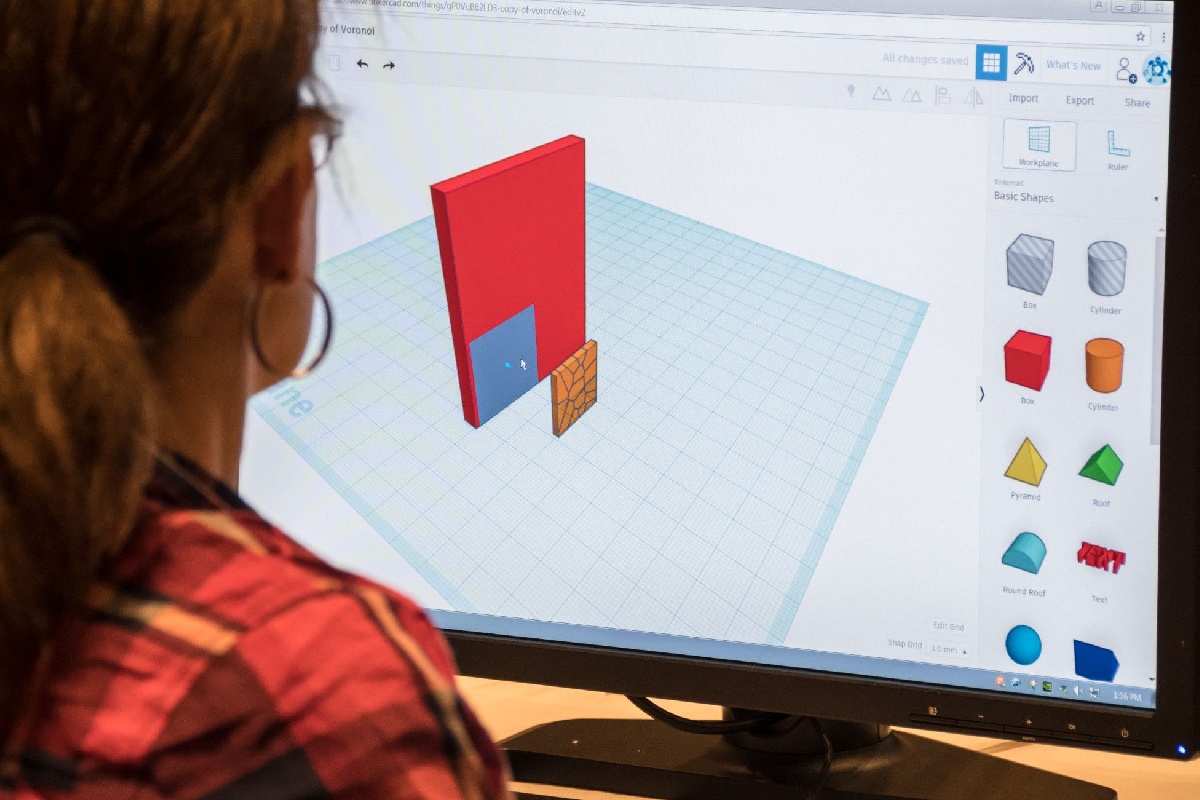

0 thoughts on “Which Architectural Style Is Exemplified By The Cathedral Of Notre-Dame In Paris?”